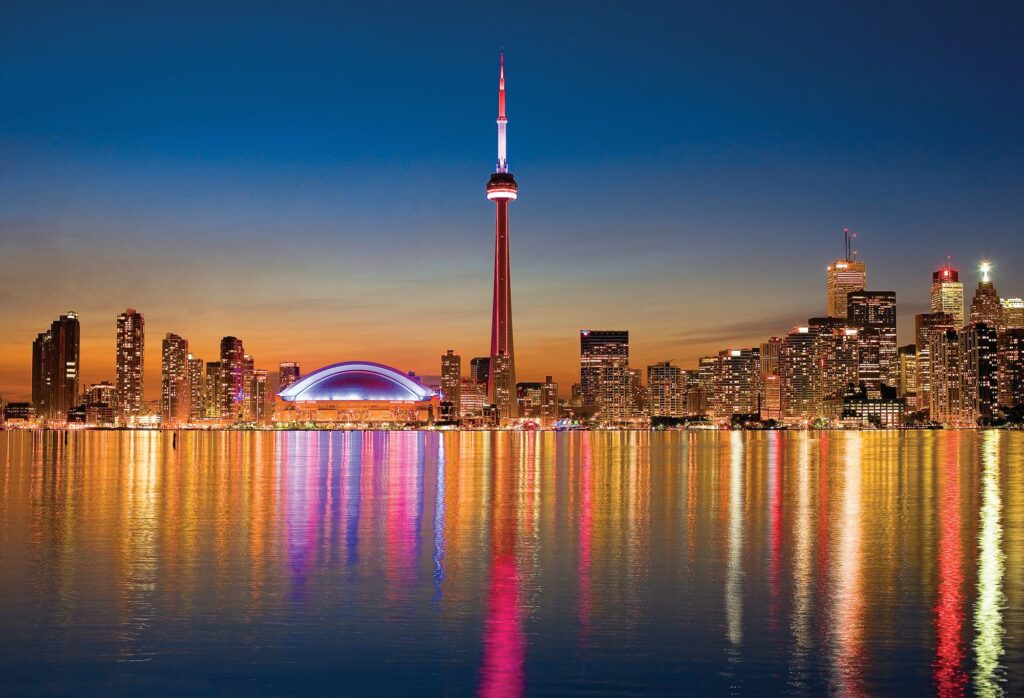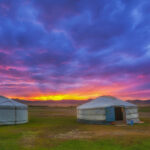Canada is a country in North America. Its ten provinces
and three territories extend from the Atlantic Ocean to
the Pacific Ocean and northward into the Arctic Ocean,
making it the world’s second-largest country by total
area, with the world’s longest coastline. Its border
with the United States is the world’s longest international
land border. The country is characterized by a wide range
of both meteorologic and geological regions. It is a
sparsely inhabited country of just over 41 million people,
the vast majority residing south of the 55th parallel in
urban areas. Canada’s capital is Ottawa and its three
largest metropolitan areas are Toronto, Montreal,
and Vancouver.
Indigenous peoples have continuously inhabited what is
now Canada for thousands of years. Beginning in the 16th
century, British and French expeditions explored and later
settled along the Atlantic coast. As a consequence of various
armed conflicts, France ceded nearly all of its colonies in
North America in 1763. In 1867, with the union of three
British North American colonies through Confederation,
Canada was formed as a federal dominion of four provinces.
This began an accretion of provinces and territories and a
process of increasing autonomy from the United Kingdom,
highlighted by the Statute of Westminster, 1931, and
culminating in the Canada Act 1982, which severed the
vestiges of legal dependence on the Parliament of the
United Kingdom.
Click Here


